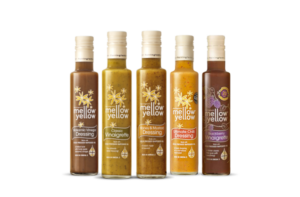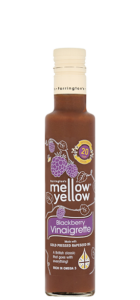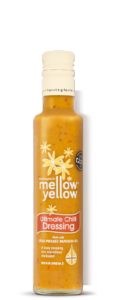Only a few days to go until Open Farm Sunday on 8th June. Marvin and Father have recently got the combine harvester out of the shed, to service and clean it for the occasion. So far they have found a resident mouse which rather liked destroying the driver’s seat, a couple of bearings and a suspect drive belt that need changing. This is all standard stuff.
June is a month of preparation and a time to plan and take stock of the season so far. As well as getting ready for Farm Sunday, we are also ensuring everything from grain stores, to trailers, tractors and so on are cleaned, serviced and ready to go when harvest starts at the end of July. On the crop front, things are looking pretty good. The rapeseed is looking very well with the warm weather, the sun, and rain, making ideal conditions for the crop to grow. The wheat also is looking great in some fields, whilst the dreaded ‘Black grass’ is rearing its ugly head in other fields.
The black grass is one subject that many arable farmers will spend hours discussing. It is a grass weed that thrives in our moist fertile soils. However, it is extremely competitive and can reduce crops yields by over 60% in bad cases. Over the last decade, the weed has steadily and stealthily become a major issue for UK agriculture. Pre-1993 farmers were allowed to burn crop stubbles as a great way of cleaning up weed seeds. This however also killed many other things, including insects and small creatures. Following the stubble burning ban, farmers have relied on herbicides to control black-grass, but over the years it has become resistant and now we have to look at a combined assault on the weed using chemistry, physics, and biology; with herbicides, crop rotations, cultivation techniques, cover crops and so on. So far we are at best holding the status quo and in time I hope we will start winning.
Recently, friend and expert ornithologist, Dr. Mark Avery did one of his bird surveys on our farm. I didn’t see him on this occasion, as it was early one Saturday morning. He recorded 29 species of birds, including 7 on the Red List. I can add Lapwing and Grey Partridge, which he didn’t spot that morning. But never the less, we were delighted to hear such a range of birds in one couple of hour visit. As well as growing food for humans, we are also providing food and habitat for our feathery friends.

 Oils
Oils Rapeseed Oil
Rapeseed Oil Chili Oil
Chili Oil Dressings
Dressings Blackberry Vinaigrette
Blackberry Vinaigrette Classic Vinaigrette
Classic Vinaigrette Balsamic Dressing
Balsamic Dressing Honey & Mustard
Honey & Mustard Ultimate Chilli Dressing
Ultimate Chilli Dressing